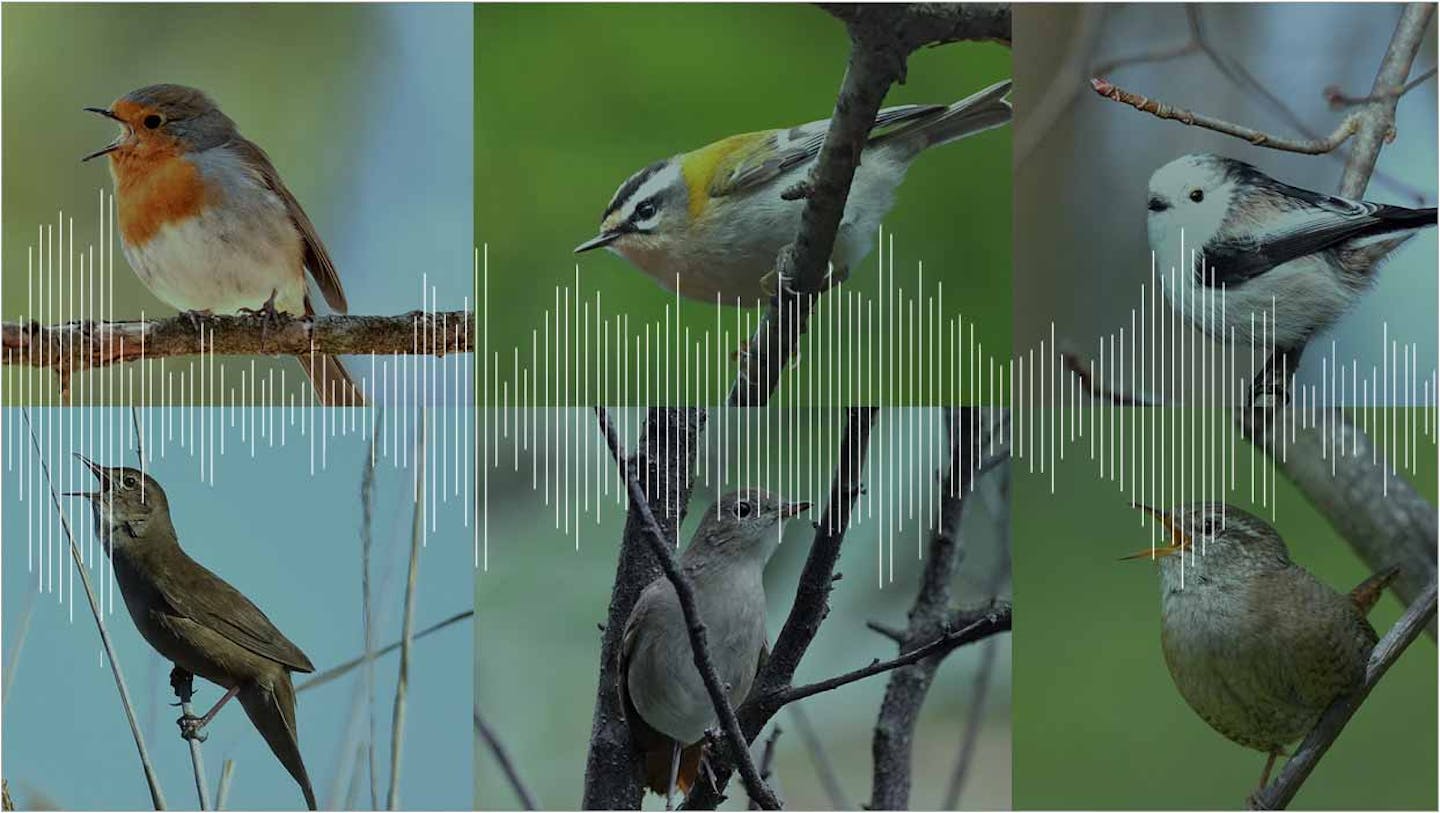Become a citizen scientist by recording the dawn chorus of birds
- Nature Conservation
- Land Conservation
- Urban Biodiversity
- Biodiversity
- Science & Technology
- Education & Awareness
- Birds
Birdsong is a powerful and evocative indicator of ecosystem health. During the dawn chorus, many birds are highly vocally active. A citizen science initiative, launched in 2020, is encouraging people around the world to listen to the birds in their immediate environment in the early morning hours, record the bird songs with their smartphones, and upload them to an online database. The collective data submitted by participants is available for anyone to listen to through a digital interactive sound map, where visitors can discover the myriad of bird songs from around the world.
The songs have also become part of an invaluable collection of scientific data, helping researchers track developments in species diversity, habitats, and the effects of noise pollution through comparative analyses of annual data. The collection has even been made available to the European Commission's Global Coalition #UnitedforBiodiversity which is mobilizing international institutions to raise their voices on the global environmental crisis ahead of the UN Biodiversity Conference (COP15).
It's easy for participants to submit their own contribution to the collective database by simply downloading the free DAWN CHORUS app on their smartphone or tablet. The instructions are simple:
- Choose the location to record your local bird songs. This can be your window, garden or your favorite spot. Early morning before sunrise is best;
- Place your smartphone on a stable surface, open the app and start the automatic 1-minute recording process;
- Provide some additional information that might be helpful, such as current weather conditions, human noise level, and environment;
- Submit! Immediately after the upload you can find your birdsong as a part of the great Chorus on the worldwide Soundmap.
The initiative hopes to inspire people to actively engage with nature and develop a personal awareness of the biodiversity in their immediate surroundings.



